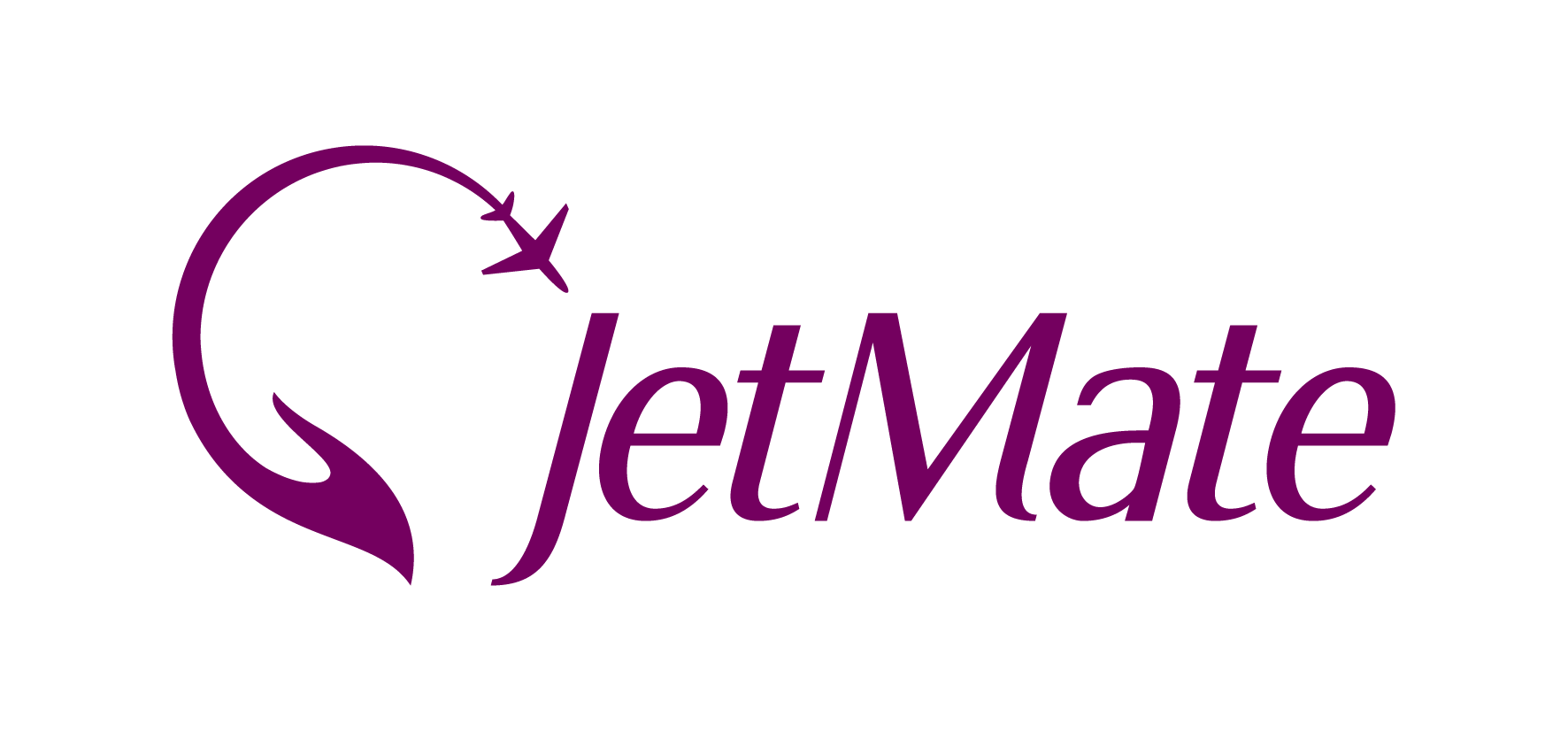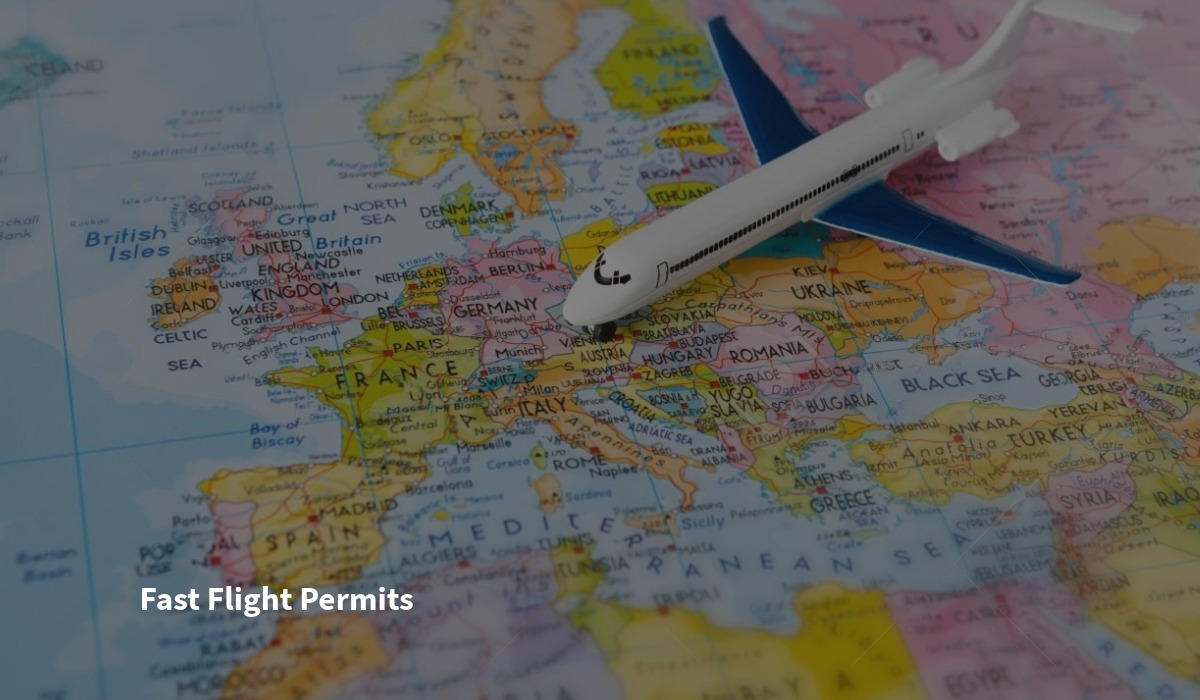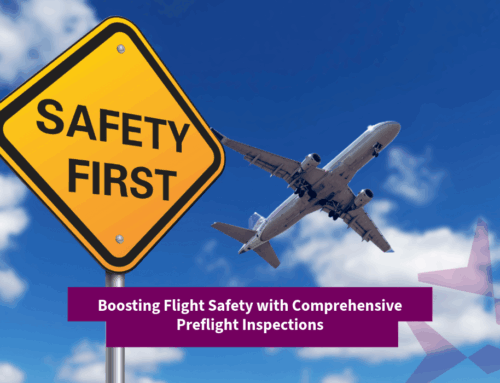Fast Flight Permits
Flight permits are essential documents required for aircraft operations especially when flying across international borders or through restricted airspace. Whether you’re a private pilot, a commercial airline, or a cargo operator, understanding flight permits is crucial to ensure smooth and legal operations.
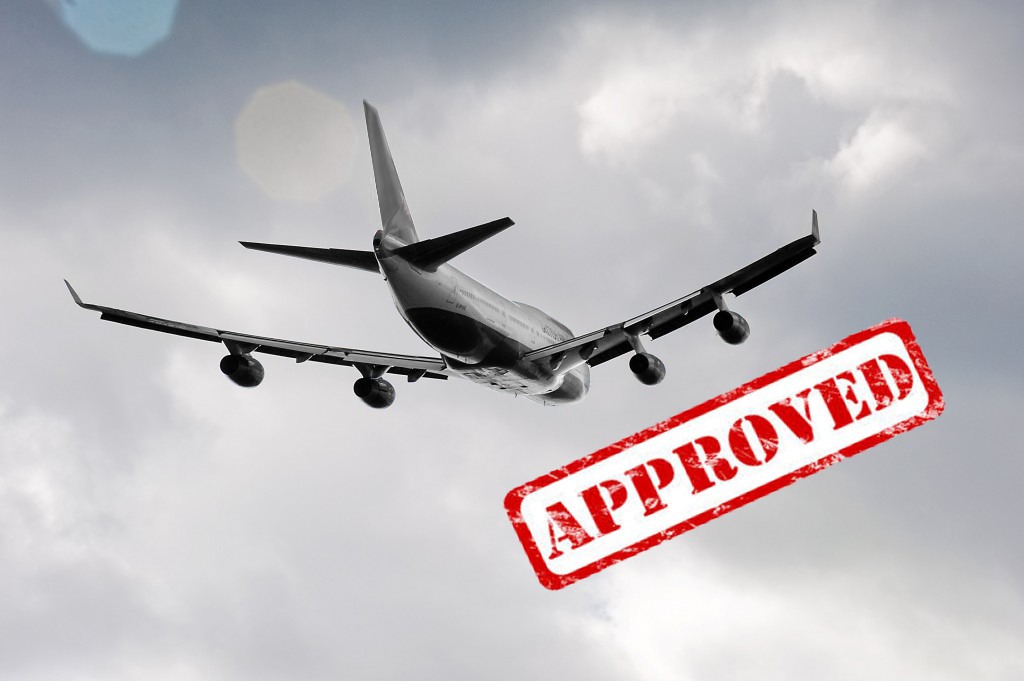
before we dive in we need to understand flight permits and their types
A flight permit is an official authorization issued by a country’s aviation authority or relevant governing body. It allows an aircraft to operate within its airspace, land at its airports, or overfly its territory. These permits ensure local regulations, safety standards, and international aviation laws compliance.
Types of Flight Permits
Flight permits vary depending on the nature of the flight and the airspace involved. Here are the most common types:
- Required when an aircraft needs to fly through a country’s airspace without landing.
- Commonly needed for international flights that pass over multiple countries.
- Fees and processing times vary by country.
- Required when an aircraft intends to land in a foreign country.
- Necessary for both commercial and private flights.
- May involve additional documentation, such as passenger manifests or cargo details.
3. Technical Stop Permits
- Needed when an aircraft lands in a country for refueling or maintenance without passengers disembarking.
- Often required even if the aircraft is on the ground for a short period.
4. Special Flight Permits
- Issued for non-standard operations, such as ferry flights (flying an aircraft without passengers or cargo), test flights, or flights with expired certifications.
- These permits often come with specific conditions or restrictions.
5. Military or Diplomatic Flight Permits
- Required for military aircraft, government flights, or diplomatic missions.
- Often involve additional diplomatic clearances and coordination.
How to Obtain a Flight Permit
The process of obtaining a flight permit can vary depending on the country and type of license. Here’s a general step-by-step guide:
1. Research Requirements
- Identify the specific requirements for the countries you plan to fly over or land in.
- Check for any restrictions, such as prohibited airspace or special conditions.
2. Submit an Application
- Applications are typically submitted to the Civil Aviation Authority (CAA) or the relevant authority of the country.
- Provide details such as flight route, aircraft registration, operator information, and purpose of the flight.
3. Provide Supporting Documents
- Common documents include:
- Aircraft registration certificate.
- Airworthiness certificate.
- Insurance certificate.
- Crew licenses and medical certificates.
- Passenger or cargo manifests (if applicable).
4. Pay Fees
- Most countries charge fees for overflight and landing permits.
- Fees can vary widely depending on the country, aircraft type, and flight purpose.
5. Wait for Approval
- Processing times can range from a few hours to several days, depending on the country and complexity of the request.
- Some countries offer expedited processing for an additional fee.
6. Receive the Permit
- Once approved, the permit is issued, often in the form of an electronic document or email confirmation.
- Ensure you carry a copy of the permit during the flight.
You can visit the Regulation page for each country just by clicking here
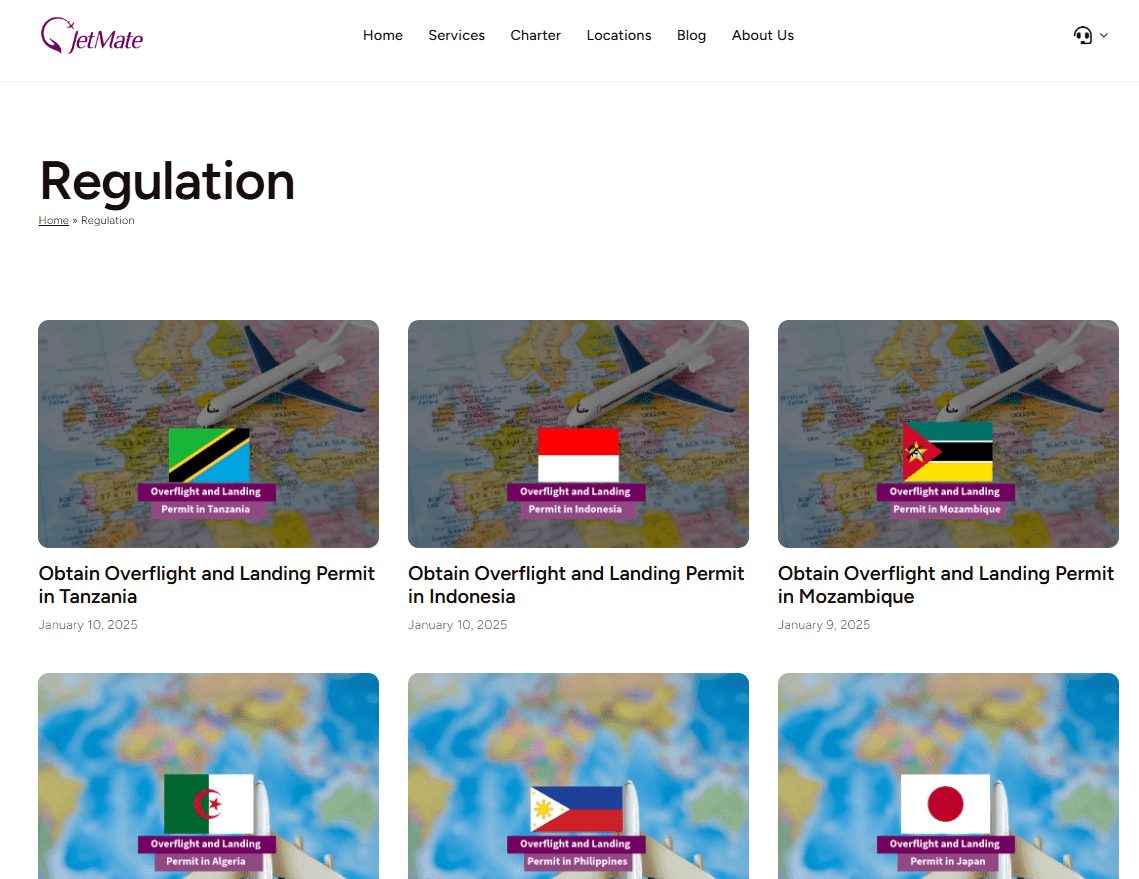
Issues you might face with flight permits:
- Last-Minute Changes: Flight plans may change due to weather, technical issues, or other factors, requiring updated permits.
- High Costs: Some countries charge significant fees for overflight and landing permits, which can impact operational budgets.
- Complex Regulations: Navigating the requirements of multiple countries can be challenging, especially for long-haul flights.
International Agreements and Exemptions
Certain international agreements can simplify the permit process:
- Open Skies Agreements: Bilateral or multilateral agreements that liberalize aviation rules between countries, often reducing or eliminating the need for permits.
- ICAO Regulations: The International Civil Aviation Organization (ICAO) sets global standards, but individual countries may have additional requirements.
If you are looking for smooth and fast permit approval contact us now
